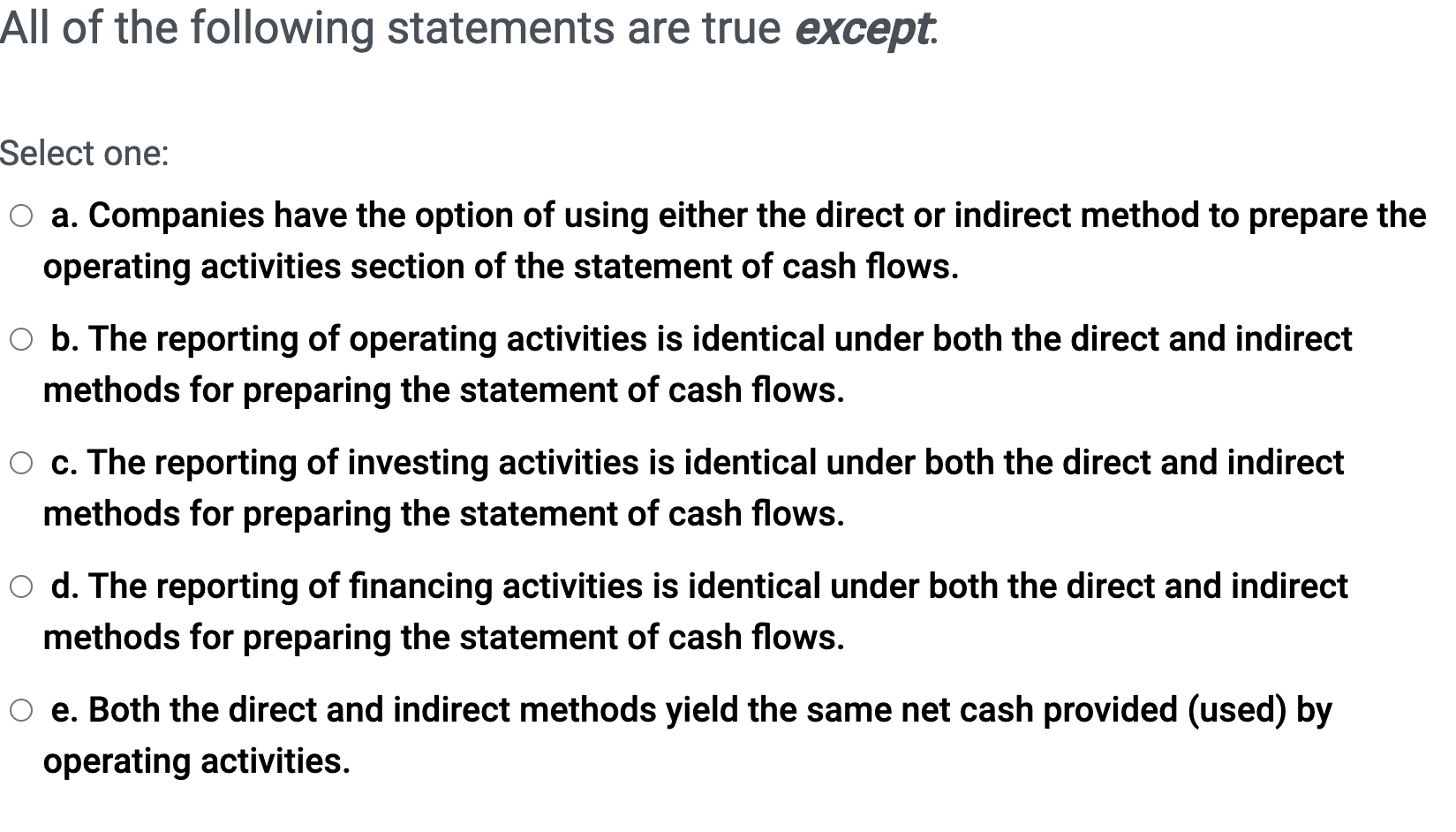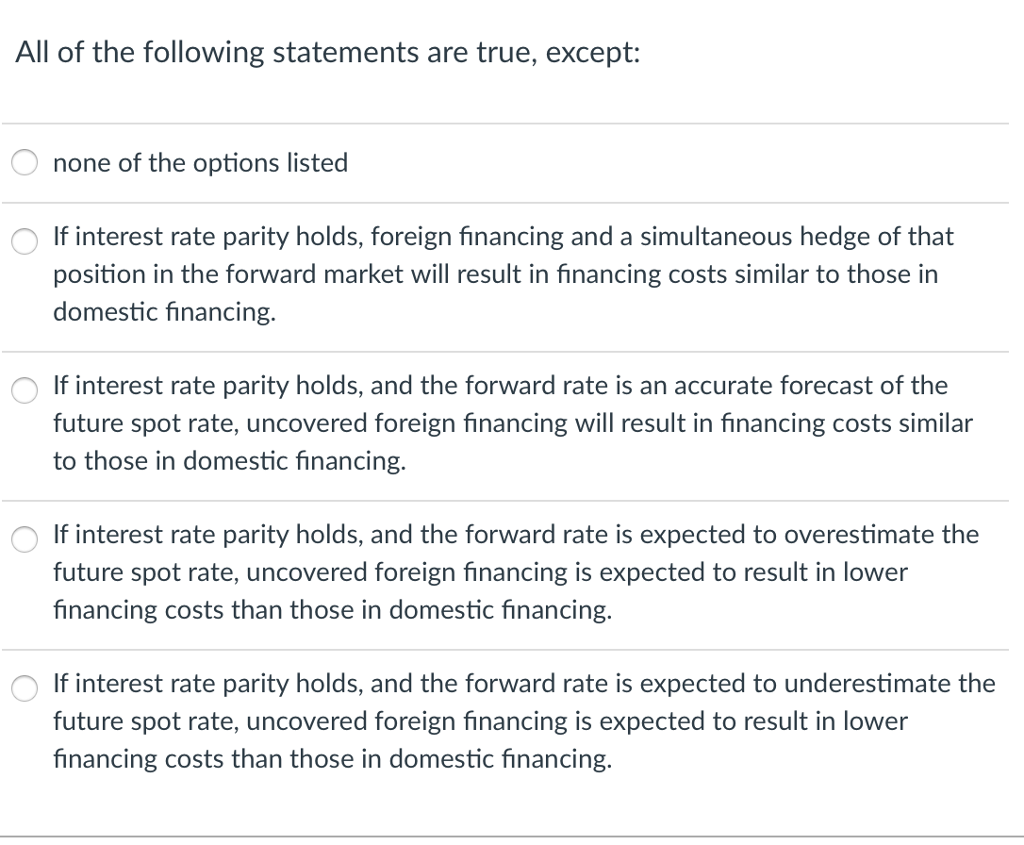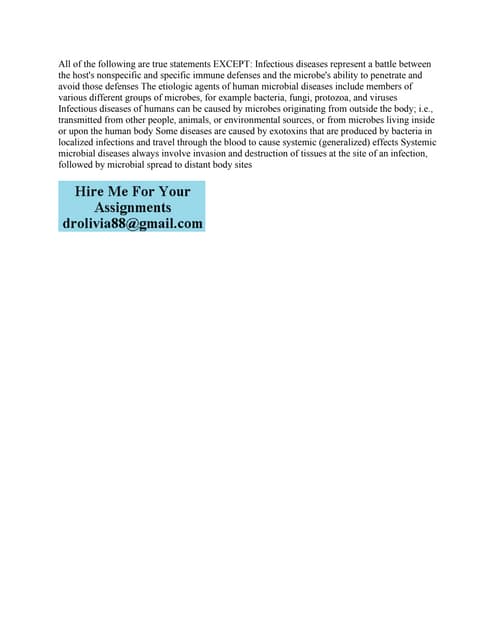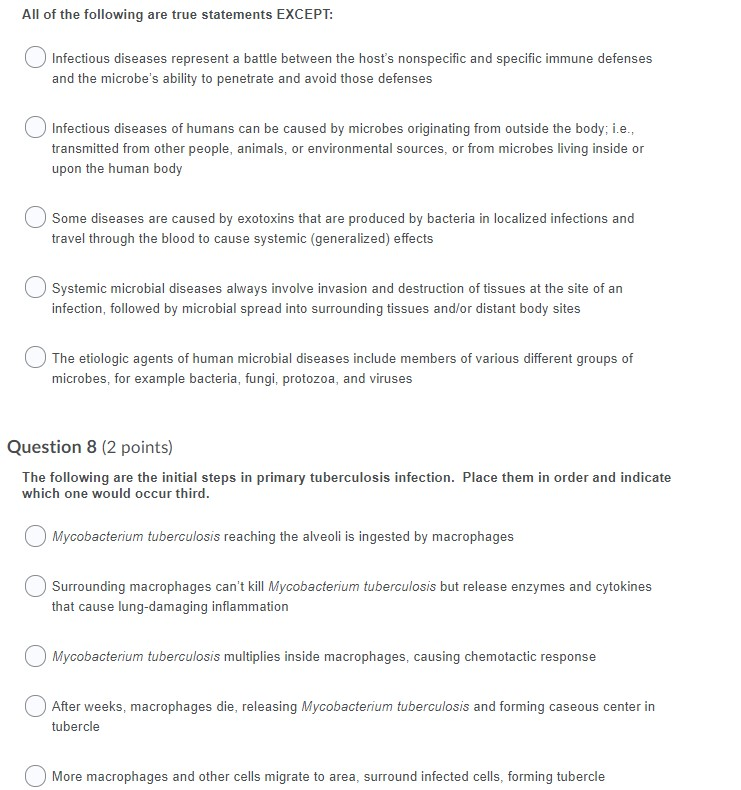All Of The Following Are True Statements Except

The air in the community hall crackled with anticipation. Folding chairs squeaked as attendees shifted, each clutching a program. Outside, the late afternoon sun cast long shadows across the manicured lawns. Inside, Mayor Thompson adjusted the microphone, his face a picture of earnest sincerity, ready to unveil the town's ambitious new initiative.
All eyes were glued to the stage, awaiting the grand reveal, while a subtle anxiety grew among the assembled crowd as they prepared to be fed another list of “facts” about the town they thought they knew.
At the heart of it all lies a critical distinction: the ability to discern truth from falsehood, a skill as vital in everyday life as it is in the political arena.
The Perils of Misinformation
The deceptively simple phrase "All of the following are true statements except..." has become a hallmark of contemporary discourse, particularly when dealing with complex issues. It is a tool often used, both intentionally and unintentionally, to blur lines, obfuscate details, and ultimately, steer public opinion.
Consider the hypothetical scenario of a local government presenting a series of statements about a proposed development project. These statements might address economic impact, environmental considerations, or community benefits.
For instance, they might state: “This project will create 500 jobs, increase tax revenue by 10%, and preserve 20 acres of green space. All of the following are true statements except…” and then provide a list that includes something subtly misleading or even demonstrably false.
The Subtle Art of Deception
The power of this approach lies in its ability to exploit cognitive biases. People tend to accept information presented as a collective whole, especially when most of it seems plausible. A single false statement buried within a sea of truths can easily slip past critical scrutiny, leaving a lingering impression that distorts the overall understanding.
The danger is compounded by the fact that many individuals lack the time, resources, or expertise to independently verify each claim. They are forced to rely on the perceived credibility of the source, which can be easily manipulated through carefully crafted rhetoric and selective presentation of data.
One significant aspect of this phenomenon is the effect of confirmation bias, which leads people to selectively seek out and interpret information that confirms their pre-existing beliefs.
Therefore, if a statement aligns with a person's existing worldview, they are more likely to accept it without critical examination, even if it is presented alongside questionable information.
A Historical Perspective
The use of misleading statements and rhetorical devices is hardly a new phenomenon. Throughout history, political leaders, marketers, and even educators have employed similar techniques to influence audiences and promote specific agendas. The Romans used "bread and circuses", distracting the population from political issues by providing food and entertainment.
However, the proliferation of information in the digital age has amplified the potential impact of these techniques. With news and opinions spreading rapidly through social media and online platforms, it has become increasingly difficult to distinguish fact from fiction.
The 2016 US presidential election brought these problems into sharp focus. The rapid spread of misinformation and "fake news" raised serious concerns about the integrity of the democratic process.
The Role of Media Literacy
Combating the spread of misinformation requires a multi-faceted approach that includes promoting media literacy, strengthening journalistic standards, and holding individuals and organizations accountable for spreading false information.
Media literacy is the ability to access, analyze, evaluate, and create media in a variety of forms. It empowers individuals to critically examine the information they encounter and make informed decisions about what to believe.
Educational initiatives that teach critical thinking skills, source evaluation, and fact-checking techniques are essential for building a more informed and discerning citizenry. Furthermore, social media companies have a responsibility to actively combat the spread of misinformation on their platforms.
This includes implementing algorithms that prioritize credible sources, flagging potentially false content, and providing users with tools to report misinformation. Fact-checking organizations play a vital role in debunking false claims and providing accurate information to the public.
Case Studies in Misinformation
Numerous real-world examples illustrate the insidious effects of the "All of the following are true statements except…" tactic. In the context of climate change, for example, organizations funded by fossil fuel companies have often presented a series of scientific findings alongside a single misleading statement that casts doubt on the severity of the problem or the efficacy of proposed solutions.
Similarly, in the healthcare industry, pharmaceutical companies have been known to promote the benefits of their products while downplaying potential side effects or risks. This can lead to patients making uninformed decisions about their health, with potentially serious consequences.
For example, a study published by the World Health Organization found that misleading information about vaccines contributed to a decline in vaccination rates, leading to outbreaks of preventable diseases. The spread of the false claim that vaccines cause autism, despite being repeatedly debunked by scientific research, has had a devastating impact on public health.
The Power of Critical Inquiry
The key to navigating this complex landscape is to cultivate a spirit of critical inquiry. Instead of blindly accepting information at face value, individuals should actively question the source, evaluate the evidence, and consider alternative perspectives.
This includes asking questions such as: Who is the source of this information? What is their motivation? What evidence do they provide to support their claims? Are there any potential biases or conflicts of interest?
By adopting a skeptical and analytical approach, individuals can better protect themselves from being misled by false or misleading statements. It is also crucial to be aware of the psychological mechanisms that make people vulnerable to misinformation, such as confirmation bias and the availability heuristic, which leads people to overestimate the likelihood of events that are easily recalled.
The Path Forward
The challenge of combating misinformation is an ongoing one, requiring vigilance, collaboration, and a commitment to truth. It is essential for individuals, organizations, and governments to work together to promote media literacy, strengthen journalistic standards, and hold those who spread false information accountable. Only then can we hope to create a more informed and discerning public.
As we navigate the increasingly complex information landscape, it is crucial to remember the words of Mark Twain: "A lie can travel halfway around the world while the truth is putting on its shoes."
The ability to discern truth from falsehood is not merely an intellectual exercise; it is a fundamental skill that is essential for protecting our democracy, promoting public health, and making informed decisions about our lives.
Perhaps, back in that community hall, a few attendees had already started dissecting the mayor’s claims before he had even finished speaking, while others simply enjoyed the free refreshments.















